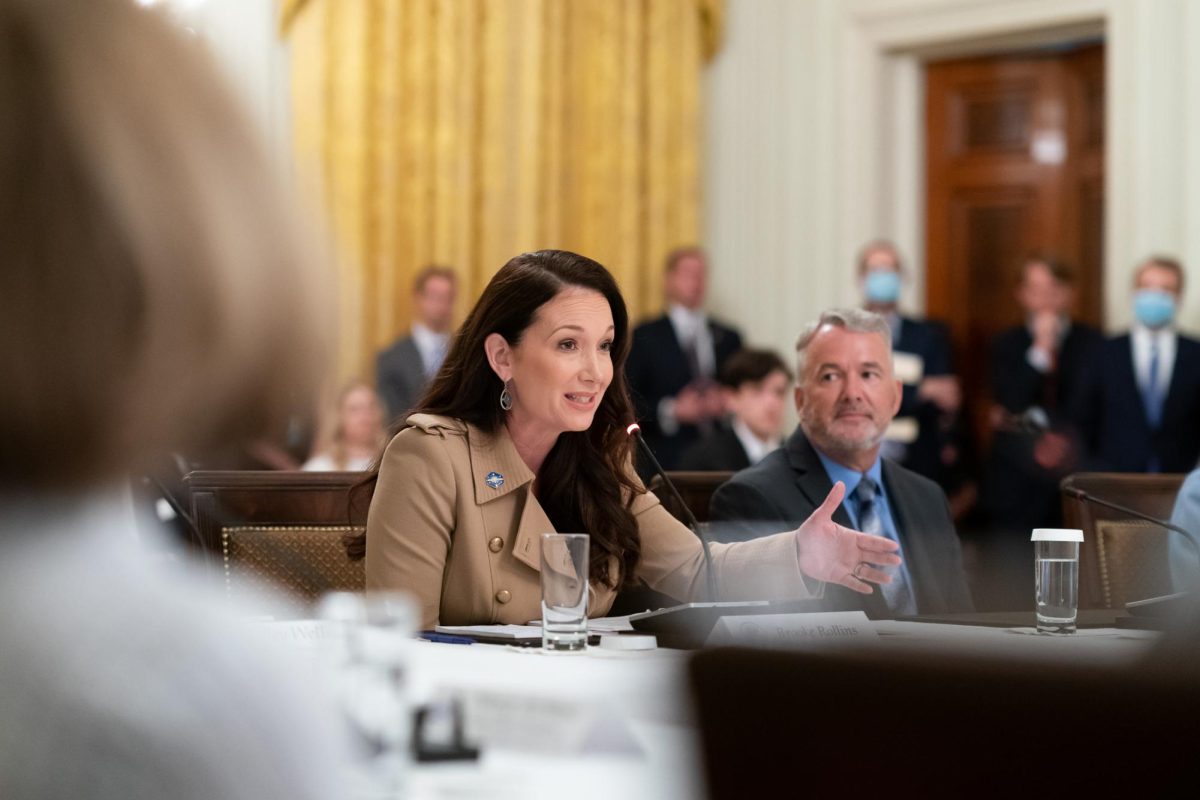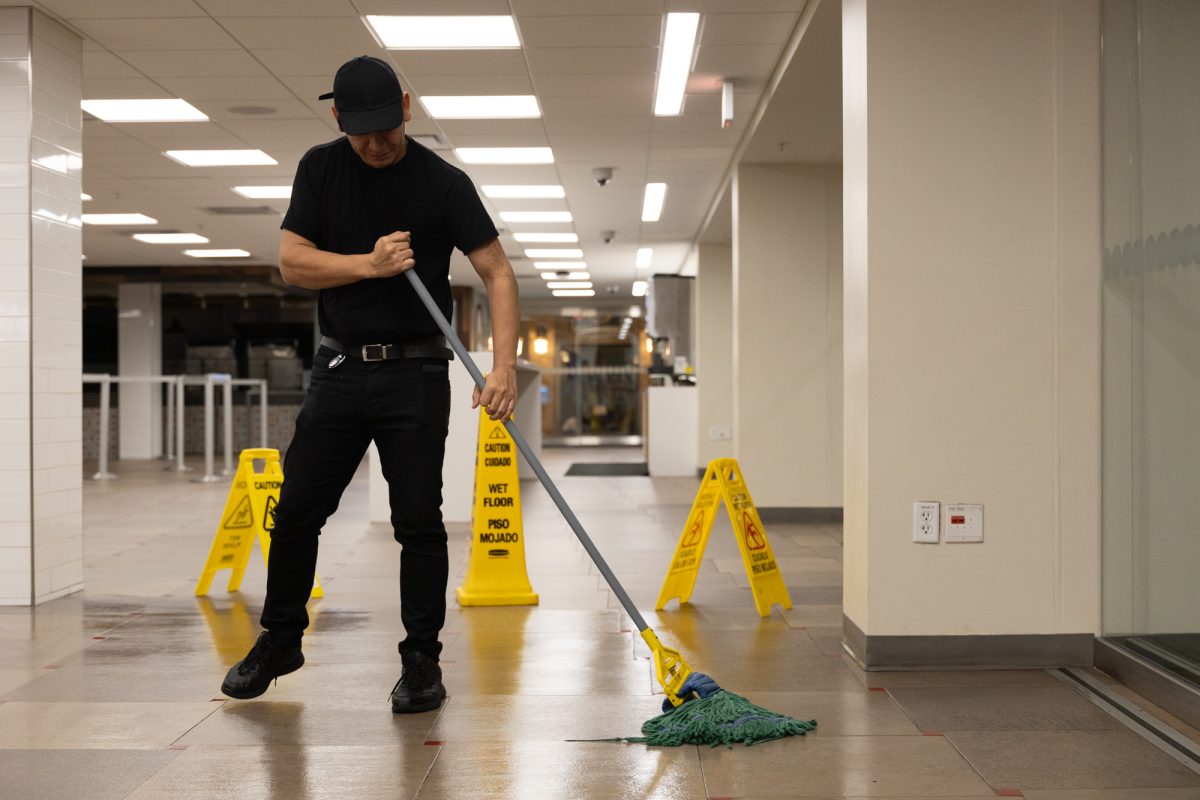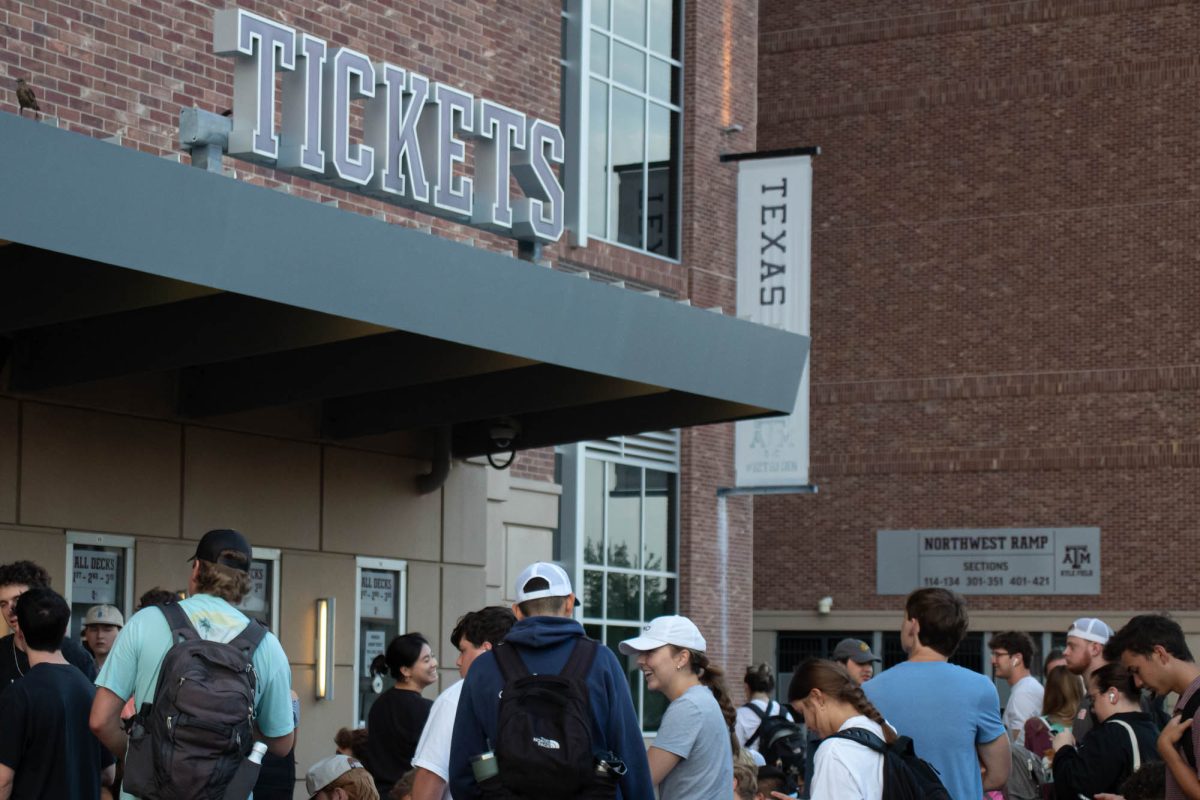Months after it was signed into law, Campus Carry has begun the journey from signature to implementation on the Texas A&M campus.
Texas Governor Greg Abbott signed Campus Carry into law mid-June, but the law’s vagueness on several key clauses has punted the responsibility of interpretation to the universities. Texas A&M and other Texas universities, must tread a fine political line as criticism from both sides of the campus carry debate shift from the Legislature to any proposed campus regulations.
The Campus Carry law allows for universities to establish “reasonable rules” regarding storage of weapons on campus and also allows for universities to put their own restrictions on concealed carry, so long as these restrictions do not constitute a “general prohibition.”
According to University President Michael Young, A&M has set up a committee to debate and discuss concealed carry restrictions in order to, “gather information, and based on that information, summarize it and make some recommendations.”
President Young said the goal of the committee is to get a broad consultation with faculty, staff, community members and students, which the legislation urges.
“We want as broad inputs as we can possibly get and invite people to share their thoughts on where limitations might be,” Young said.
Lt. Allan Baron of the University Police Department said the chair of the committee is Assistant Vice President Chris Meyer from the Office of Safety and Security, and the UPD representative on the committee is Chief Mike Ragan.
“The committee is in the beginning stages of reviewing any anticipated or potential problems and how they will be resolved,” Baron said.
Shane Hinckley, assistant vice president of business development, said the role of the university in implementing Campus Carry is “not to write laws or change the laws.” Hinckley said the committee “will comply with [Campus Carry] like all the laws of the state.”
President Young said students will be given the opportunity to voice opinions on the matter through electronic media. He expects the university will seek that input around the middle of the fall semester.
“We certainly want our students to feel completely safe here on this campus,” Young said.
The law requires all university rules and regulations be drafted, widely distributed and submitted to the state legislature before it takes effect in August 2016.
Citing a similar situation at the University of Utah where he used to be president, Young said, “We went through an almost identical scenario… It’s been 11 years now and we haven’t had a single incident.”
“I expect a high level of understanding across this issue — whatever people’s political or personal views are with respect to handguns,” Young said.
Amol Shalia, president of Aggie Democrats, said although he was disappointed that Campus Carry passed, the organization will publicly advocate for reasonable rules and regulations regarding the new law.
“We know that creating a safe learning environment for Aggies is one of the top priorities of President Young and we hope that the rules he puts forward will be reasonable and ensure that the law is followed and that public safety concerns of Aggies are assuaged,” Shalia said.
In response to the formation of the regulations committee, Aaron Mitchell, speaker for the Student Senate, said, “students should have confidence the committee will make responsible decisions for upcoming campus carry regulations.”
With respect to specific rules and regulations which have yet to be drafted, Mitchell said, “I would expect to see Kyle Field, some areas of the Health Science Center, and certain research labs labeled as gun-free zones once the law comes into effect.”









